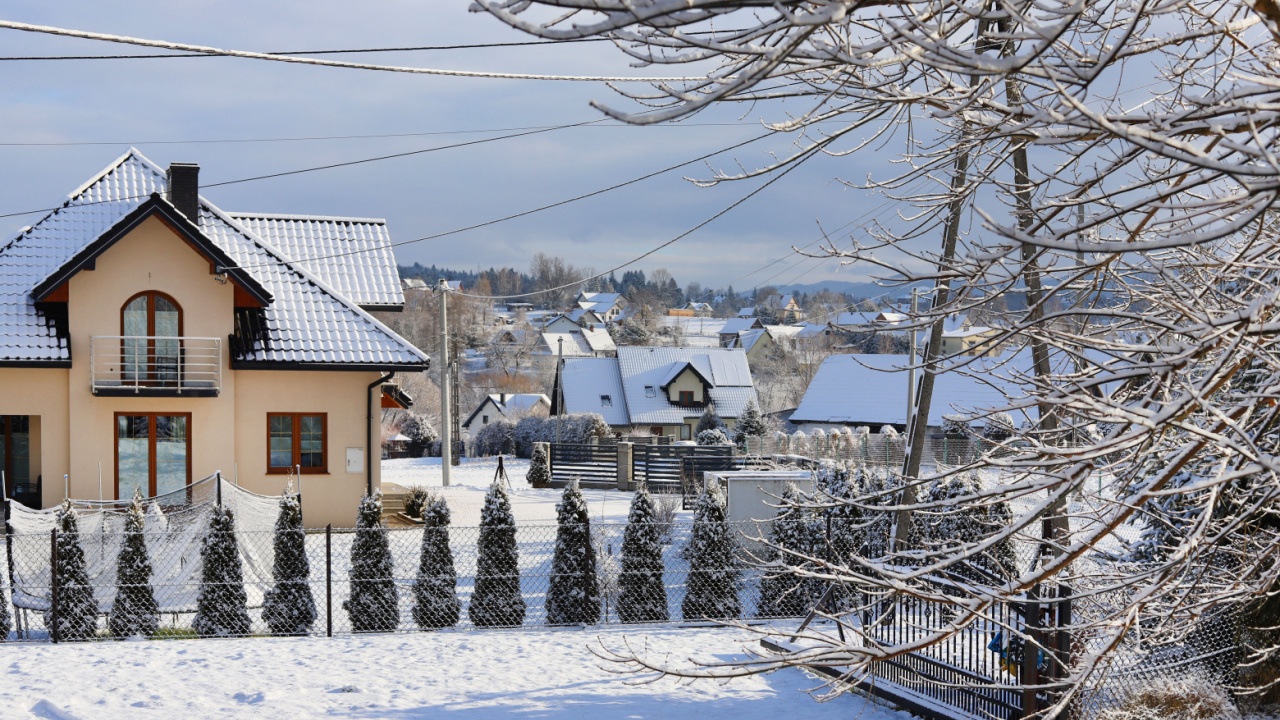Chilling Secrets: 14 Surprising Facts About Ice and Snow You’ve Never Heard
These tiny structures often appear overnight, creating otherworldly landscapes in miniature. They’re fragile and fleeting, but they showcase the surprising ways ice interacts with its environment.
7. Snow Is a Good Insulator

Image Credit: Deposit Photos.
It might seem counterintuitive, but snow can keep things warm. Its structure traps air, creating an insulating layer that reduces heat loss. This principle has been used for centuries in building igloos.
Inside an igloo, temperatures can remain comfortably above freezing, even in subzero weather. This natural insulation has been a lifesaver in some of the harshest climates on Earth.
8. Antarctica Holds Most of Earth’s Freshwater

Image Credit: Deposit Photos.
Antarctica’s ice sheets contain about 70% of the world’s freshwater. If they were to melt entirely, global sea levels could rise by nearly 200 feet.
This staggering statistic highlights the importance of preserving these icy reserves, which play a crucial role in regulating the planet’s climate and water cycles.
9. Snow Isn’t Always White

Image Credit: Hp.Baumeler – Own work – CC BY-SA 4.0/Wiki Commons.
Snow can take on surprising colors, from red to green to black. These hues are caused by factors like algae growth, volcanic ash, or pollution mixing with the snow.
“Watermelon snow,” tinted red by cold-loving algae, is a common sight in high-altitude regions. While it’s beautiful, the phenomenon also serves as a reminder of how living organisms adapt to extreme environments.
10. Ice Can Be Found in Space

Image Credit: NASA/JPL-Caltech/Space Science Institute – Public Domain/Wiki Commons.
Ice isn’t just an Earthly phenomenon. It’s abundant in space, forming on planets, moons, and comets. Saturn’s moon Enceladus, for instance, has geysers that spew water ice into its atmosphere.
These icy outposts offer clues about the solar system’s history and even the potential for extraterrestrial life. Ice, it seems, is a universal building block.
11. Snowflakes Fall at a Consistent Speed

Image Credit: Deposit Photos.
Snowflakes have a consistent descent speed of about 1 to 6 feet per second. Their speed depends on factors like size and air resistance.
Despite their unhurried journey, snowflakes can accumulate quickly, transforming the landscape into a winter wonderland in no time. Each flake’s gentle fall adds to the magic of a snowy day.
12. Ice Sculptures Date Back Centuries

Image Credit: ChinaImages at Deposit Photos.
The art of ice sculpting has roots in ancient China, where frozen lanterns lit by candles were used during festivals. Over time, this craft evolved into a global art form.
Today, ice sculpting competitions showcase everything from intricate castles to life-sized animals, turning frozen water into fleeting masterpieces. The skill and creativity involved are truly inspiring.
13. Snowflakes Have Secret Lives

Image Credit: Khwoey – Own work – CC BY-SA 4.0/Wiki Commons.
A snowflake’s story doesn’t end when it lands. Over time, layers of snow can compress into firn, a dense intermediate stage before becoming glacial ice.
This slow transformation can take centuries, showing how snow contributes to Earth’s evolving landscape long after it falls. It’s a quiet but vital part of the planet’s geological history.
14. Icebergs Can Glow

Image Credit: Shutterstock.
Under certain conditions, icebergs emit a glowing blue or green light. This happens when light refracts through pure, bubble-free ice, creating an ethereal effect.
These glowing giants are as mysterious as they are beautiful, adding a touch of wonder to the frozen seas. They remind us of the hidden beauty in nature’s coldest places.
The next time it snows or you find ice on your window, take a moment to appreciate all the cool science behind it!




















Post Comment